Guide: sensor, also called sensor  , is a device that detects and responds to physical or environmental changes. You might not realize it, but sensors are everywhere — even in your smartphone. From acceleration sensors and gravity sensors to proximity sensors, there are dozens of them working silently in the background. But how do they actually work? Let’s take a closer look.
, is a device that detects and responds to physical or environmental changes. You might not realize it, but sensors are everywhere — even in your smartphone. From acceleration sensors and gravity sensors to proximity sensors, there are dozens of them working silently in the background. But how do they actually work? Let’s take a closer look.
First, the Working Principle of the Sensor – Introduction
A sensor, also known as a transducer, is a detection device that can sense and convert signals into usable data. It typically consists of two main parts: a sensitive component that detects the signal, and a conversion component that processes it. Sensors play a crucial role in automation, control systems, and security devices. They are widely used in modern technology, from industrial equipment to consumer electronics.
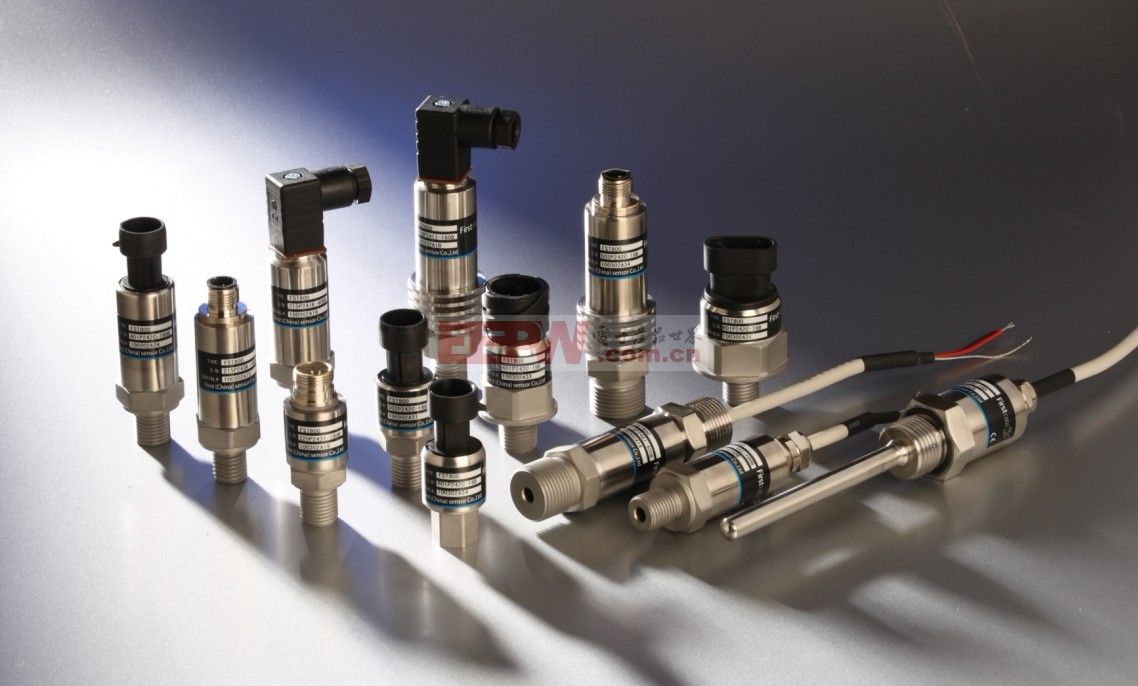
Second, How the Sensor Works – Classification
Sensors can be classified in various ways. Based on the technology used, they include pressure sensors, image sensors, acceleration sensors, temperature sensors, and more. According to their application, they can be categorized into water level sensors, displacement sensors, weighing sensors, and others. While these classifications overlap, they help us understand the different functions and uses of sensors in real-world scenarios.
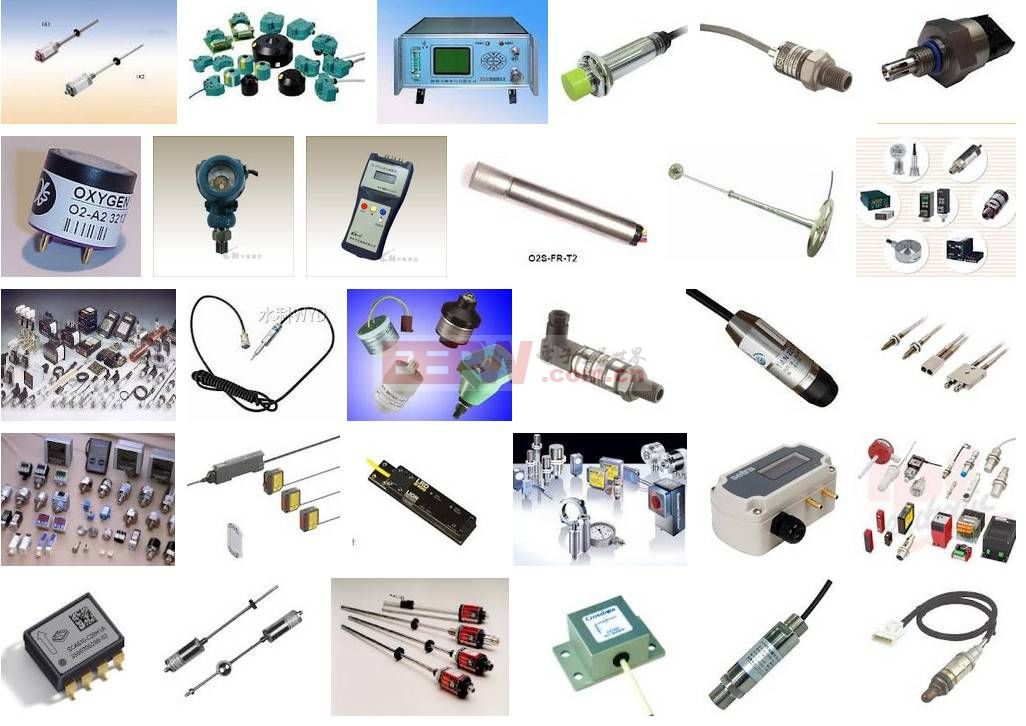
Third, The Working Principle of the Sensor – Structure
The basic structure of a torque sensor involves an elastic shaft with attached components such as a secondary coil of an energy toroidal transformer, a primary coil of a signal toroidal transformer, and a printed circuit board containing power supply, amplification, and signal processing circuits. These elements work together to measure and transmit data accurately.
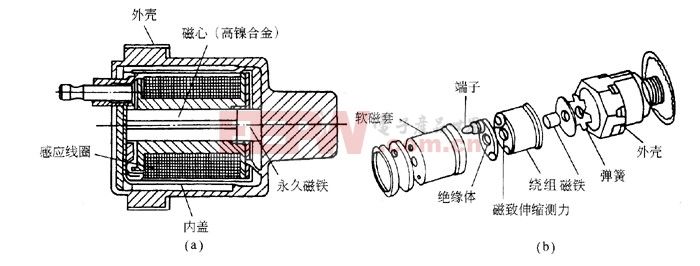
Fourth, The Working Principle of the Sensor
When the elastic shaft of the sensor twists, strain gauges detect the deformation. This signal is then amplified by an instrumentation amplifier and converted into a frequency signal via a V/F converter. The signal is transmitted through the transformer coils and processed by the signal circuit to produce a measurable output. This output can be used for monitoring or further analysis in computers and other devices.
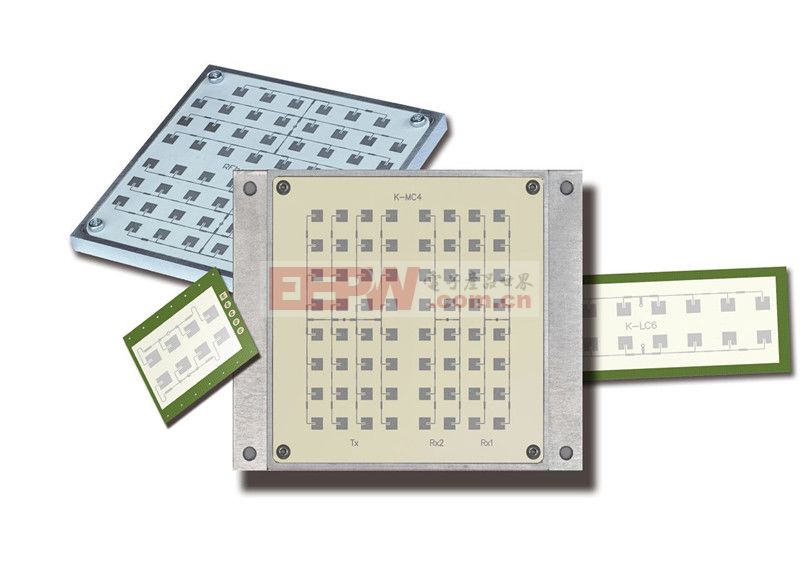
Fifth, The Working Principle of the Sensor – Application
1) In medical equipment, sensors are essential for monitoring patient health and improving diagnostic accuracy. 2) In industrial automation, they are used to monitor process variables and ensure precision in manufacturing. 3) In mobile phones and communication devices, sensors enhance user experience through features like screen rotation and proximity detection. 4) In the automotive industry, sensors are critical for vehicle safety, performance, and comfort. A single car may contain over 100 sensors.
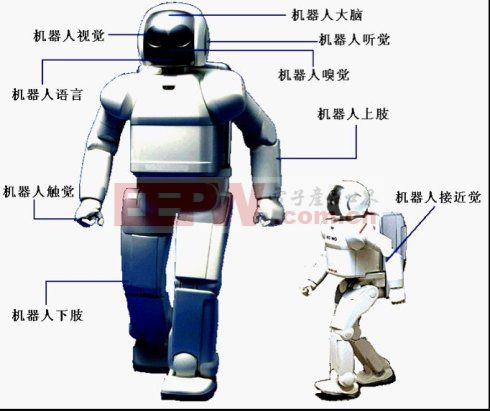
Understanding how sensors work opens up new possibilities in technology and innovation. Whether you're a student, engineer, or tech enthusiast, learning about sensors is a great way to explore the future of smart systems and automation.
Battery connector,battery holder,battery holder spring,power connector,connector
Dongguan Yiyou Electronic Technology Co., Ltd. , https://www.dsubminiature.com